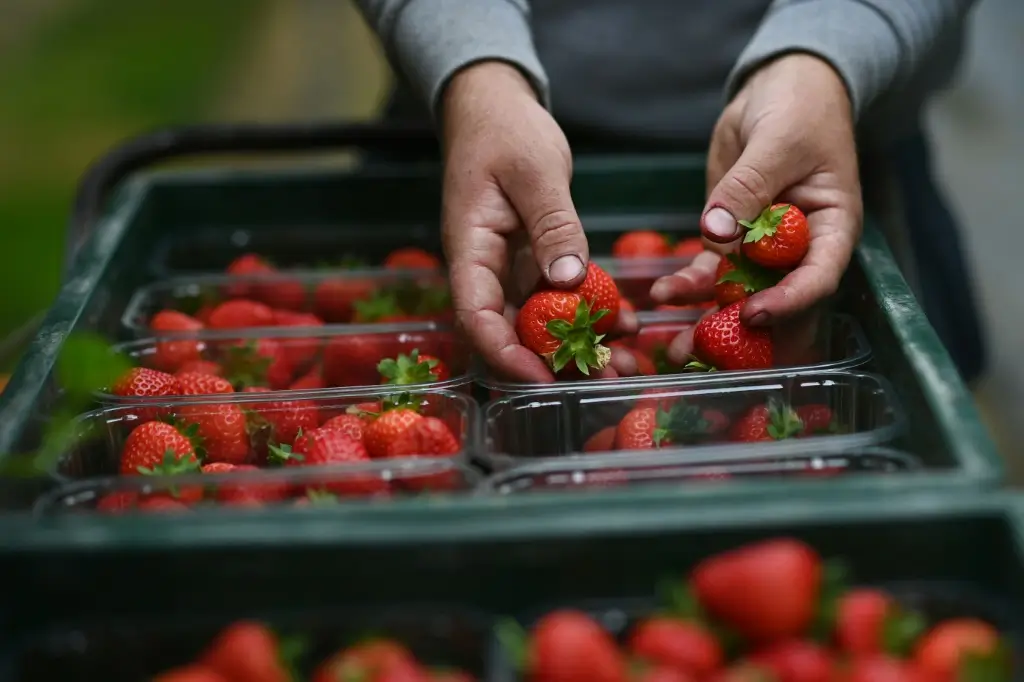
Germany is bracing for its smallest strawberry harvest in three decades, as shrinking cultivation areas, rising costs, and adverse weather combine to hit the beloved summer fruit.
The Federal Statistical Office (Destatis) announced on Friday that this year’s outdoor strawberry yield is projected to reach only 75,500 tons, the lowest figure since 1995. Compared to last year’s already modest harvest, production is expected to dip by another 4%, raising concerns for farmers, retailers, and consumers alike.
At the heart of the decline is a reduction in cultivation areas. This year, strawberries were grown on just 8,100 hectares, a 4% drop from 2024 and the smallest recorded acreage since 1995. Farmers point to rising production costs, especially labor expenses, as a key reason for scaling back operations.
“Growing strawberries in Germany has become relatively cost-intensive,” Destatis reported, echoing concerns from agricultural groups. Like strawberries, asparagus cultivation has also suffered. Acreage for Germany’s iconic spring vegetable fell 6% to 18,600 hectares this year, driven by similar economic pressures and dwindling demand.
The situation was exacerbated by regional crop failures following a severe spring drought. Labor costs remain a major factor too. German farms rely heavily on seasonal workers, often from abroad, who are paid the legal minimum wage. While the German Farmers’ Association lobbied for an exemption from minimum wage rules for agricultural seasonal workers, the government did not grant it.
“Many German farms are struggling to stay competitive in Europe,” said Farmers’ President Joachim Rukwied. He warned that without relief, fruit and vegetable production will continue shifting abroad, driving up imports and causing prices for locally grown produce to soar.
For German shoppers, the reduced harvest could mean fewer locally grown strawberries on shelves and higher prices for those that are available. The prospect of increasing reliance on imports may also impact freshness and sustainability, a concern for environmentally conscious consumers.
As one of the country’s favorite fruits faces its most challenging season in decades, farmers and policymakers alike are left grappling with how to keep German fruit production viable in a competitive global market.